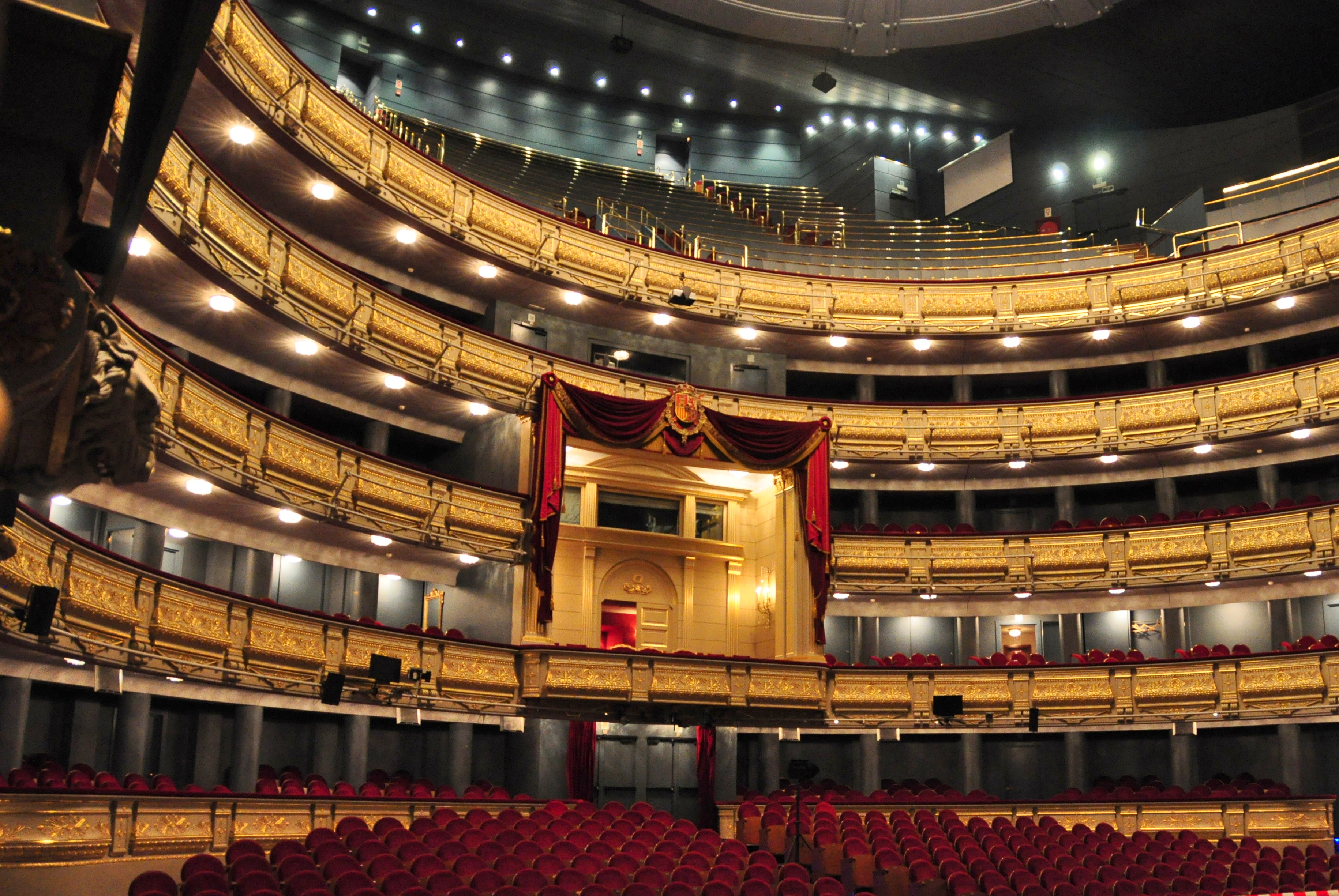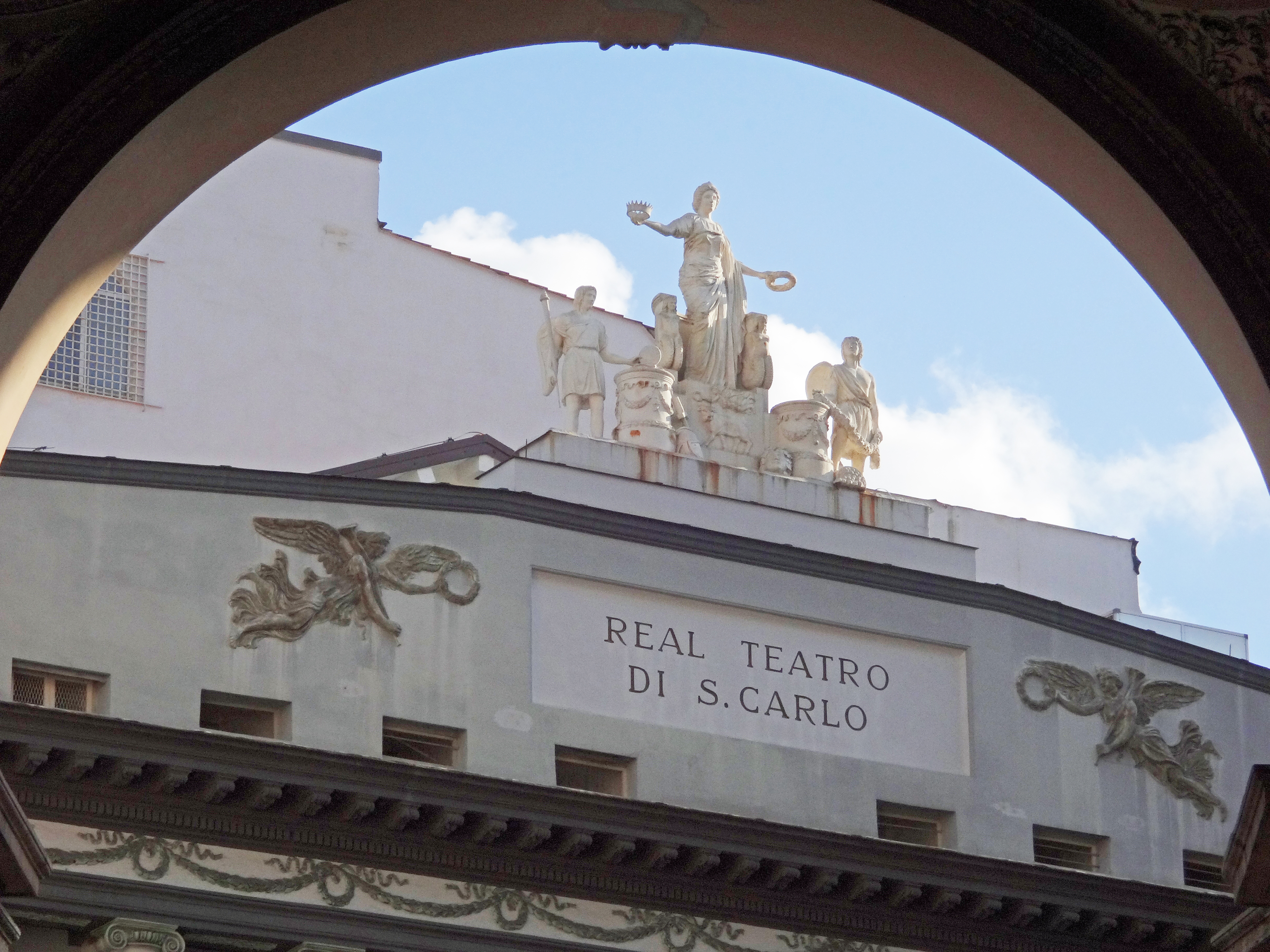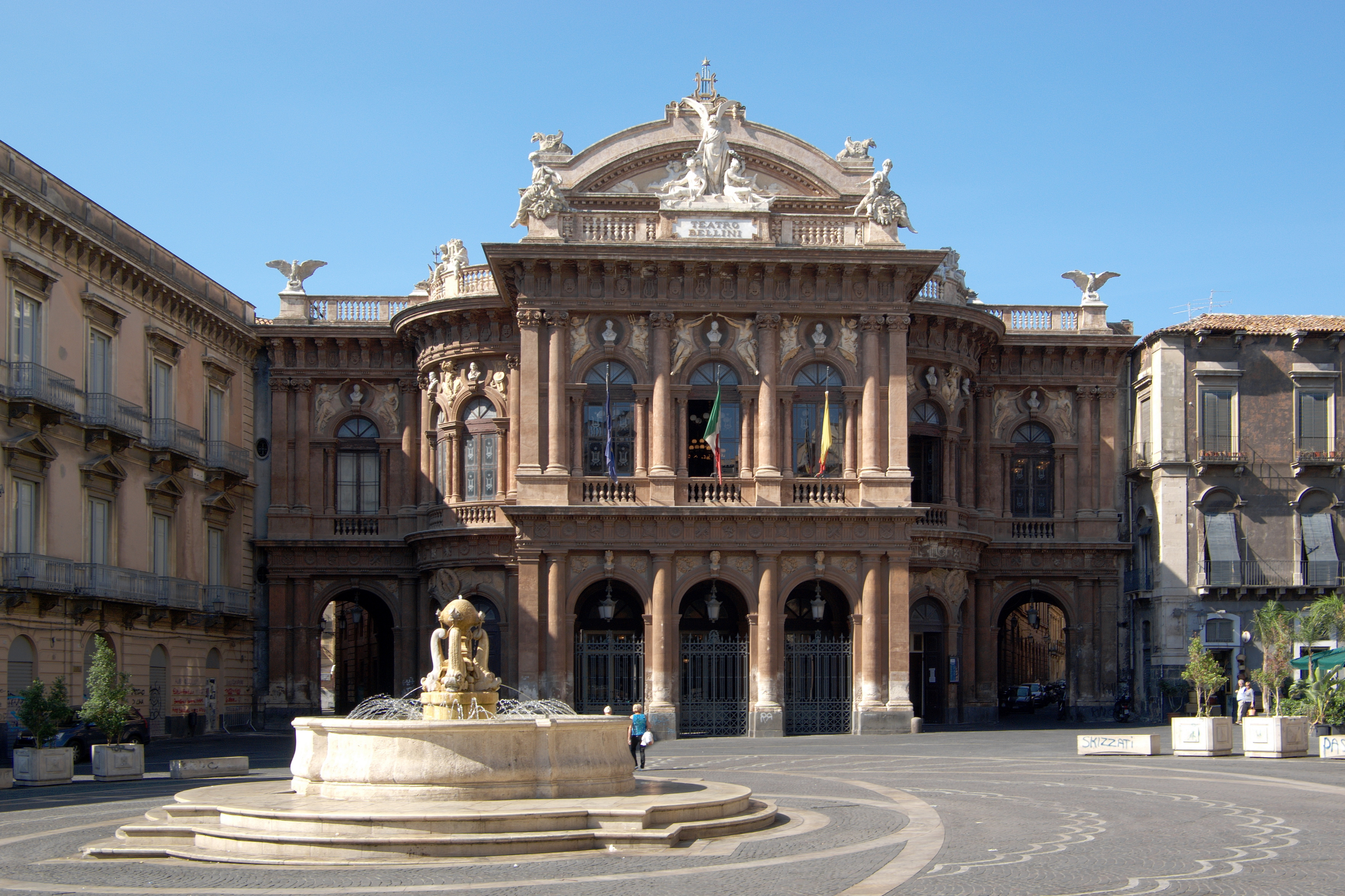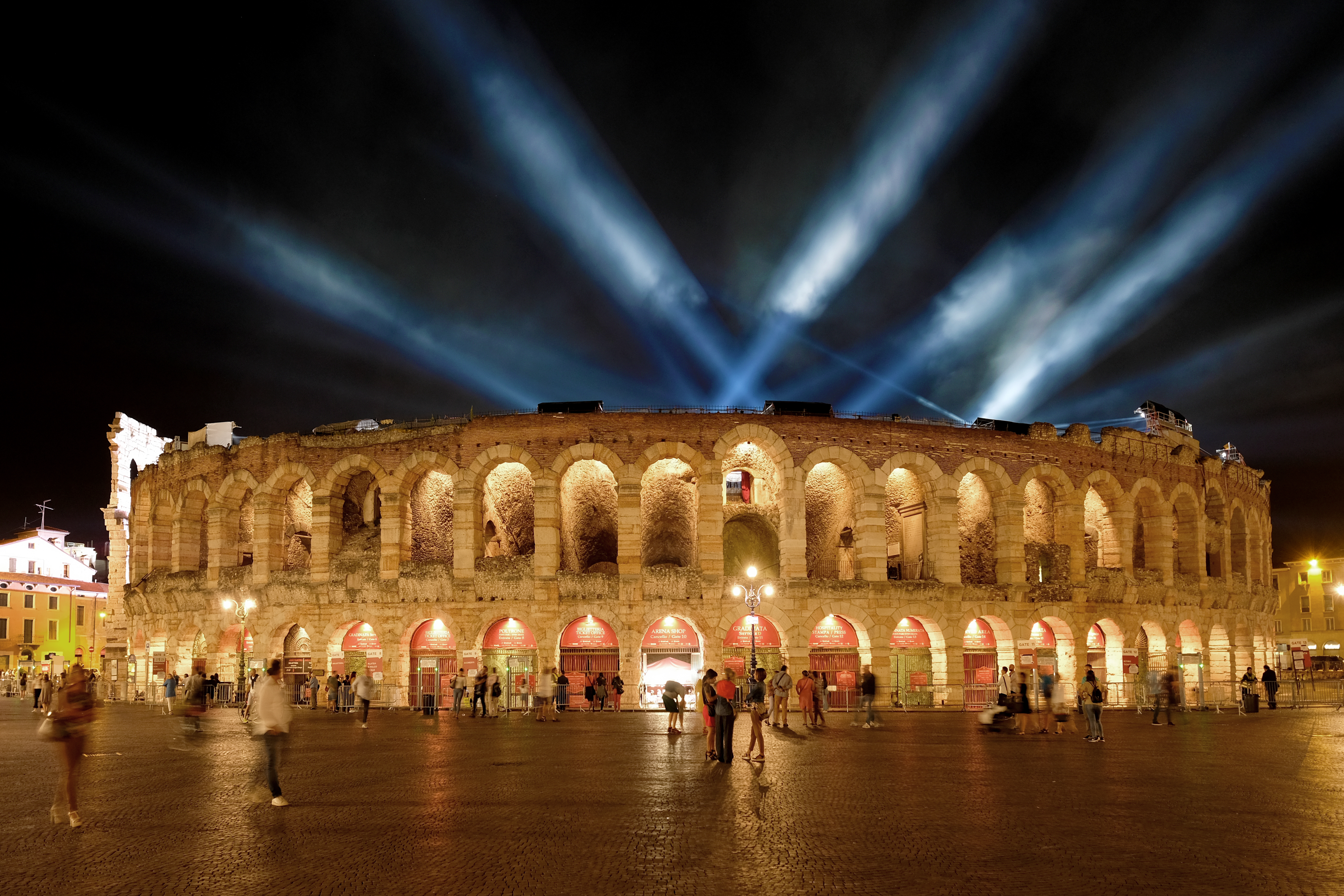|
Vjekoslav Šutej
Vjekoslav Šutej (31 July 1951 – 2 December 2009) was a prominent Croatian orchestral conductor. Overview Šutej studied conducting under Igor Gjadrov at the Zagreb Music Academy, before obtaining his Master of Music degree in Rome in the class of Franco Ferrara. From 1979 to 1989 he was art director and chief conductor at the Croatian National Theatre in Split. From 1986 to 1990 he was also art director of the Hollybush Festival in New Jersey, which is where he started his international career. From 1990 to 1993 he was music director of La Fenice opera house in Venice, Italy, where he conducted opera productions of ''Eugene Onegin'' and ''Rigoletto''. In Spain, Šutej was a founding member of the Royal Seville Symphony Orchestra and acted as their art director and principal conductor from 1990 to 1996, and in this period he received the Freedom of the City of Seville. From 1992 to 1997 he was music director of the Houston Grand Opera, after making a sudden debut with th ... [...More Info...] [...Related Items...] OR: [Wikipedia] [Google] [Baidu] |
Rijeka
Rijeka ( , , ; also known as Fiume hu, Fiume, it, Fiume ; local Chakavian: ''Reka''; german: Sankt Veit am Flaum; sl, Reka) is the principal seaport and the third-largest city in Croatia (after Zagreb and Split). It is located in Primorje-Gorski Kotar County on Kvarner Bay, an inlet of the Adriatic Sea and in 2021 had a population of 108,622 inhabitants. Historically, because of its strategic position and its excellent deep-water port, the city was fiercely contested, especially between the Holy Roman Empire, Italy and Croatia, changing rulers and demographics many times over centuries. According to the 2011 census data, the majority of its citizens are Croats, along with small numbers of Serbs, Bosniaks and Italians. Rijeka is the main city and county seat of the Primorje-Gorski Kotar County. The city's economy largely depends on shipbuilding (shipyards "3. Maj" and "Viktor Lenac Shipyard") and maritime transport. Rijeka hosts the Croatian National Theatre Ivan pl. ... [...More Info...] [...Related Items...] OR: [Wikipedia] [Google] [Baidu] |
Dubrovnik Summer Festival
The Dubrovnik Summer Festival ( hr, Dubrovačke ljetne igre; is an annually-held summer festival instituted in 1950 in Dubrovnik, Croatia. It is held every year between 10 July and 25 August. On more than 70 open-air venues of Renaissance-Baroque city of Dubrovnik a rich programme of classical music, theatre, opera and dance performances is presented. History The idea of founding the ''Dubrovnik Summer Festival in 1950 was harmonizing the renaissance and baroque atmosphere of Dubrovnik and the living spirit of drama and music, actually derived from the intellectual way of life of the city itself, from its living creative tradition, which has bestowed upon Croatian cultural and scholarly history, especially in theatre and literature, many great names and works, and kept it continually in touch with contemporary currents in western Europe. Programme Drama programme The works of Marin Držić, Nikola Nalješković, Ivan Gundulić and Ivo Vojnović were to become a mainstay of th ... [...More Info...] [...Related Items...] OR: [Wikipedia] [Google] [Baidu] |
Madrid
Madrid ( , ) is the capital and most populous city of Spain. The city has almost 3.4 million inhabitants and a metropolitan area population of approximately 6.7 million. It is the second-largest city in the European Union (EU), and its monocentric metropolitan area is the third-largest in the EU.United Nations Department of Economic and Social AffairWorld Urbanization Prospects (2007 revision), (United Nations, 2008), Table A.12. Data for 2007. The municipality covers geographical area. Madrid lies on the River Manzanares in the central part of the Iberian Peninsula. Capital city of both Spain (almost without interruption since 1561) and the surrounding autonomous community of Madrid (since 1983), it is also the political, economic and cultural centre of the country. The city is situated on an elevated plain about from the closest seaside location. The climate of Madrid features hot summers and cool winters. The Madrid urban agglomeration has the second-large ... [...More Info...] [...Related Items...] OR: [Wikipedia] [Google] [Baidu] |
Teatro Real
The Teatro Real (Royal Theatre) is an opera house in Madrid, Spain. Located at the Plaza de Oriente, opposite the Royal Palace of Madrid, Royal Palace, and known colloquially as ''El Real'', it is considered the top institution of the performing and musical arts in the country and one of the most prestigious opera houses in Europe. The groundbreaking of the Teatro Real was on 23 April 1818, under the reign of Ferdinand VII of Spain, King Ferdinand VII, and it was formally opened by his daughter Isabella II of Spain, Queen Isabella II on 19 November 1850. It closed in 1925 due to damage to the building and reopened on 13 October 1966 as a symphonic music venue. Beginning in 1991, it underwent major refurbishment and renovation works and finally reopened as an opera house on 11 October 1997 with a floor area of and a maximum capacity of 1,958 seats. Since 1995, the theatre is managed by a public foundation in whose Board of Trustees are represented the Ministry of Culture (Spain), ... [...More Info...] [...Related Items...] OR: [Wikipedia] [Google] [Baidu] |
Naples
Naples (; it, Napoli ; nap, Napule ), from grc, Νεάπολις, Neápolis, lit=new city. is the regional capital of Campania and the third-largest city of Italy, after Rome and Milan, with a population of 909,048 within the city's administrative limits as of 2022. Its province-level municipality is the third-most populous metropolitan city in Italy with a population of 3,115,320 residents, and its metropolitan area stretches beyond the boundaries of the city wall for approximately 20 miles. Founded by Greeks in the first millennium BC, Naples is one of the oldest continuously inhabited urban areas in the world. In the eighth century BC, a colony known as Parthenope ( grc, Παρθενόπη) was established on the Pizzofalcone hill. In the sixth century BC, it was refounded as Neápolis. The city was an important part of Magna Graecia, played a major role in the merging of Greek and Roman society, and was a significant cultural centre under the Romans. Naples served a ... [...More Info...] [...Related Items...] OR: [Wikipedia] [Google] [Baidu] |
Teatro Di San Carlo
The Real Teatro di San Carlo ("Royal Theatre of Saint Charles"), as originally named by the Bourbon monarchy but today known simply as the Teatro (di) San Carlo, is an opera house in Naples, Italy, connected to the Royal Palace and adjacent to the Piazza del Plebiscito. It is the oldest continuously active venue for opera in the world, having opened in 1737, decades before either Milan's La Scala or Venice's La Fenice."The Theatre and its history" on the Teatro di San Carlo's official website. (In English). Retrieved 23 December 2013 The opera season runs from late November to July, with the ballet season taking place from December to early June. The house once had a seating capacity of 3,285, but has now been reduced to 1,386 seats. Given its size, structure and antiquity, it was the model for theatres that were l ... [...More Info...] [...Related Items...] OR: [Wikipedia] [Google] [Baidu] |
New National Theatre Tokyo
The is Japan's first and foremost national centre for the performing arts, including opera, ballet, contemporary dance and drama. It is located in the Shinjuku area of Tokyo. Since 1997 more than 650 productions were staged. There are about 300 performances per season with approximately 200,000 theatergoers. The centre has been praised for its architecture and state-of-the-art modern theatre facilities, which are considered among the best in the world. In 2007, the NNTT was branded with the advertising slogan: ''Opera Palace, Tokyo''. Background The construction of the NNTT was completed in February 1997. Its first public performances took place in October of that year. The Tokyo Opera City Tower is connected to the theatre. It has concert halls, an art gallery, a media-art museum, office space, many restaurants and shops. The combined complex of the skyscraper tower and the theatre is called the "Tokyo Opera City". Besides the public performances, various enterprises are under ... [...More Info...] [...Related Items...] OR: [Wikipedia] [Google] [Baidu] |
Catania
Catania (, , Sicilian and ) is the second largest municipality in Sicily, after Palermo. Despite its reputation as the second city of the island, Catania is the largest Sicilian conurbation, among the largest in Italy, as evidenced also by the presence of important road and rail transport infrastructures as well as by the main airport in Sicily, fifth in Italy. It is located on Sicily's east coast, at the base of the active volcano, Mount Etna, and it faces the Ionian Sea. It is the capital of the 58-municipality region known as the Metropolitan City of Catania, which is the seventh-largest metropolitan city in Italy. The population of the city proper is 311,584, while the population of the Metropolitan City of Catania is 1,107,702. Catania was founded in the 8th century BC by Chalcidian Greeks. The city has weathered multiple geologic catastrophes: it was almost completely destroyed by a catastrophic earthquake in 1169. A major eruption and lava flow from nearby Mount ... [...More Info...] [...Related Items...] OR: [Wikipedia] [Google] [Baidu] |
Teatro Massimo Bellini
The Teatro Massimo Bellini is an opera house located on Piazza Vincenzo Bellini in Catania, Sicily, southern Italy. Named after the local-born composer Vincenzo Bellini, it was inaugurated on 31 May 1890 with a performance of the composer's masterwork, ''Norma''. It seats 1,200. History The creation of what was to finally become the Teatro Massimo Bellini took almost two hundred years, beginning with discussions following the disastrous 1693 earthquake which completely destroyed Catania. The construction of a public theatre was discussed, and a foundation stone was finally laid in 1812. Architect Salvatore Zahra Buda began to prepare a plan for a theatre in the Piazza Nuovaluce, in front of the Santa Maria di Nuovaluce monastery, the location of the present-day theatre. It was decided that a "Great Municipal Theatre" worthy of an expanding city should be created; the plan of the "Teatro Nuovaluce" (New Light Theatre) was a grandiose one in all respects, and was conceived ... [...More Info...] [...Related Items...] OR: [Wikipedia] [Google] [Baidu] |
Verona Arena
The Verona Arena ( it, Arena di Verona ) is a Roman amphitheatre in Piazza Bra in Verona, Italy built in 30 AD. It is still in use today and is internationally famous for the large-scale opera performances given there. It is one of the best preserved ancient structures of its kind. In ancient times, the arena's capacity was nearly 30,000 people. The stage for concerts and opera performances decreases the available places to a maximum of 22,000. It will be used as the Closing ceremony venue for the 2026 Winter Olympics and two weeks later will be used for the Opening Ceremony for the 2026 Winter Paralympics in Milan and Cortina d'Ampezzo. Amphitheatre The building itself was built in AD 30 on a site which was then beyond the city walls. The ''ludi'' (shows and games) staged there were so famous that spectators came from many other places, often far away, to witness them. The amphitheatre could host more than 30,000 spectators in ancient times. The round facade of the build ... [...More Info...] [...Related Items...] OR: [Wikipedia] [Google] [Baidu] |
Turin
Turin ( , Piedmontese language, Piedmontese: ; it, Torino ) is a city and an important business and cultural centre in Northern Italy. It is the capital city of Piedmont and of the Metropolitan City of Turin, and was the first Italian capital from 1861 to 1865. The city is mainly on the western bank of the Po (river), Po River, below its Susa Valley, and is surrounded by the western Alps, Alpine arch and Superga Hill. The population of the city proper is 847,287 (31 January 2022) while the population of the urban area is estimated by Larger Urban Zones, Eurostat to be 1.7 million inhabitants. The Turin metropolitan area is estimated by the Organisation for Economic Co-operation and Development, OECD to have a population of 2.2 million. The city used to be a major European political centre. From 1563, it was the capital of the Duchy of Savoy, then of the Kingdom of Sardinia ruled by the House of Savoy, and the first capital of the Kingdom of Italy from 1861 to 1865. T ... [...More Info...] [...Related Items...] OR: [Wikipedia] [Google] [Baidu] |
Teatro Regio (Turin)
The Teatro Regio (Royal Theatre) is a prominent opera house and opera company in Turin, Piedmont, Italy. Its season runs from October to June with the presentation of eight or nine operas given from five to twelve performances of each. Several buildings provided venues for operatic productions in Turin from the mid-16th century, but it was not until 1713 that a proper opera house was considered, and under the architect Filippo Juvarra planning began. However, the cornerstone was not laid until the reign of Charles Emmanuel III in 1738 after Juvarra's death. The work was supervised by Benedetto Alfieri until the theatre was completed and decorated by Bernardino Galliari. Teatro Regio, 1740 to 1936 The Teatro Regio (Royal Theatre) was inaugurated on 26 December 1740 with Francesco Feo's ''Arsace''. It was a sumptuously built facility, seating 1,500 and with 139 boxes located on five tiers plus a gallery. However, the theatre was closed on royal order in 1792 and it became a wareho ... [...More Info...] [...Related Items...] OR: [Wikipedia] [Google] [Baidu] |









